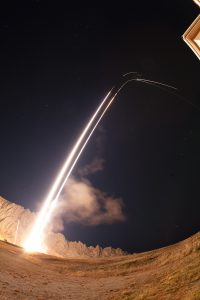
ACES II Fact Sheet
ACES II is a NASA-funded rocket mission to measure the global electric circuit underlying the northern lights.
We study the Earth’s variable space environment, from the middle atmosphere to the outer boundaries of the magnetosphere, including the shocked solar wind and the bow shock. Our group leads critical data analysis and theoretical studies, and designs and operates in-situ space science instruments and missions, whose data we share with the world. These efforts provide new understanding of the fundamental physical processes governing conditions in our local cosmos as they change in response to highly variable solar and terrestrial forcing. These processes are universal in nature and our work is also relevant to astrophysical environments and planetary atmospheres. Understanding our Geospace and how it responds to changes in solar activity is also crucial for space weather predictions, which is becoming increasingly important with current and future technological advances including human space flights. The SSL Geospace group has in recent years led highly successful NASA Explorer missions to study the magnetosphere and ionosphere, and in developing new understanding of how they are physically coupled.


ACES II is a NASA-funded rocket mission to measure the global electric circuit underlying the northern lights.
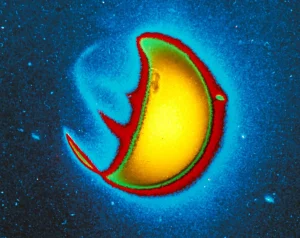
Carruthers Observatory is studying Earth’s exosphere: what it is, how we observe it, and how it responds to solar influences.
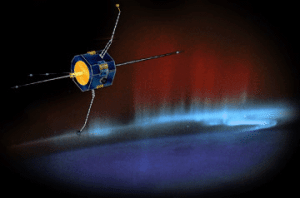
FAST – Fast Auroral SnapshoT PLANETARY FAST, the second mission in NASA’s Small Explorer Satellite Program (SMEX), was a satellite designed to study Earth’s aurora.
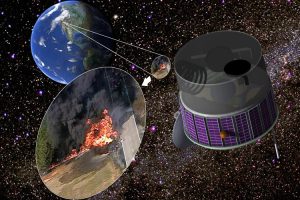
FUEGO’s scientific objective is to detect the very beginnings of wildfires, and to provide real-time information on a fire’s intensity, evolution and movement. The system is an imager operating in two IR bands (4 and 9 microns wavelength), with a visible context imager.

The purpose of the GREECE (Ground-to-Rocket Electrodynamics-Electrons Correlative Experiment) is to significantly enhance our knowledge of the structure and dynamics of the electron precipitation responsible for the aurora, on both large and small scales, which can ultimately be used to set stronger constraints on models of auroral electrodynamics.
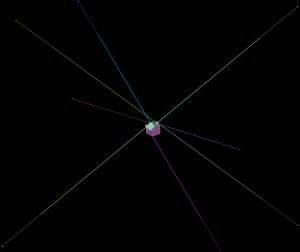
Grotifer aims to close the many significant science questions that are hampered by the current lack of accurate 3D e-field measurements (e.g., at reconnection).